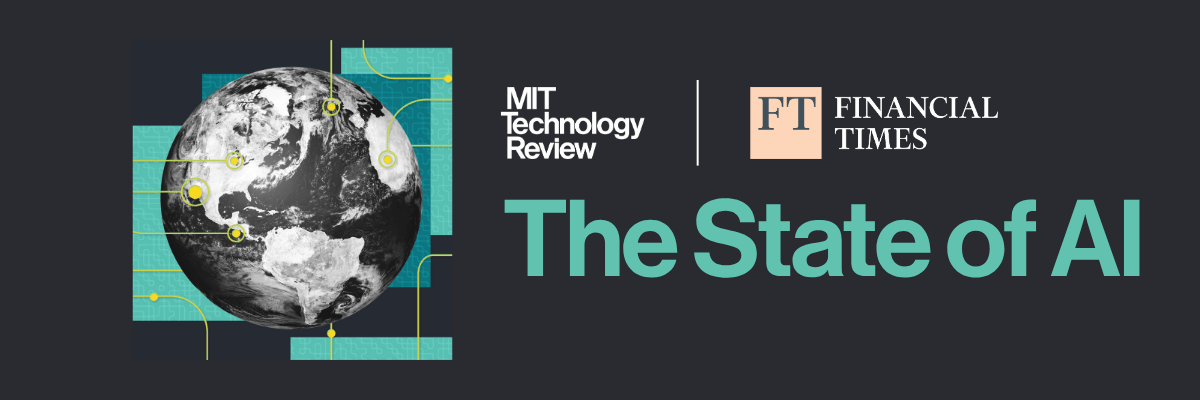Join our daily and weekly newsletters for the latest updates and exclusive content on industry-leading AI coverage. Learn More
“Agentic AI,” or AI agents, have been the talk of the enterprise since late last year. But what does this idea — using large language models (LLMs) to power discrete operations and focused workflows — actually look like when deployed for real into production?
Here’s one cool example I heard about recently: Hewlett Packard Enterprise (HPE) subsidiary Axis Security has teamed up with the Israeli AI startup xpander.AI to largely automate its customer support ticketing system, scaling it across tens of thousands of end users at some of the largest Fortune 500 firms in the world operating in the airline sector, hospitality, and more.
Through its partnership with xpander, Axis says it has managed to save thousands of hours monthly and grow its team sustainably, avoiding costly and time-consuming hiring of new team members by augmenting existing employees with AI agents.
“The ability to envision a feature and see it implemented within days without requiring engineering resources has been a game changer for us,” said Nokky Goren, Director of Engineering at Axis Security, in a video call interview with VentureBeat last week. “This is the future of enterprise technology.”
Why HPE acquired Axis Security
Axis Security, acquired by HPE in March 2023, specializes in Security Services Edge (SSE) solutions, which enhance enterprise network security and streamline access to corporate resources. The acquisition was part of HPE’s strategy to expand its Secure Access Services Edge (SASE) offerings, combining Axis’ SSE platform with Aruba’s SD-WAN technologies. This unified approach addresses the growing need for seamless, secure connectivity in the era of hybrid work and global operations.
Axis Security’s SSE platform, Atmos, provides secure web gateways (SWG), cloud access security brokers (CASB), and Digital Experience Monitoring (DEM). By joining HPE’s ecosystem, Axis gained access to expanded resources, including an extensive sales team and technical support, which have been instrumental in driving customer adoption and refining its solutions.
Why Axis turned to Xpander.AI specifically
Recognizing the need for scalable solutions to manage growing workloads and improve reliability, Axis Security partnered with Xpander.AI to deploy advanced multi-agent AI systems.
“Above my the the desk of my team, I have a sign that says, ‘automate everything,’” Goren noted. “I always teach them that whenever a task is done more than once, that’s that’s something we should focus on automating…We should put our attempts into never having to manually do that same operation twice.”
Xpander’s Agent Graph System (AGS) has been central to this effort. Unlike traditional automation tools, AGS structures workflows into multi-step processes managed by interconnected AI agents. These agents intelligently navigate API calls and tasks, ensuring precision and efficiency.
“Multi-agent AI changed everything for us,” Goren said. “With Xpander’s tools, we automated complex tasks like ticket enrichment and customer communication workflows without writing a single line of code.”
Tangible real-world time and cost savings thanks to agentic AI for the enterprise
One of Axis’ most transformative use cases for Xpander’s technology involves customer support ticket management.
Using Xpander’s AGS, Axis automated the retrieval and contextualization of diagnostic data for support tickets. This system now:
- Automatically queries multiple internal systems for relevant data.
- Contextualizes this information into a unified report.
- Identifies similar past incidents for faster resolution.
“Previously, no human could feasibly comb through thousands of tickets to find contextual matches,” Goren explained. “Now, AI agents handle this within minutes, saving us countless hours.”
Another breakthrough has been automating root cause analysis (RCA) for system outages.
Xpander’s multi-agent AI generates detailed RCA reports by synthesizing monitoring data and historical context. These reports are reviewed and approved by Axis’ team before being automatically communicated to customers and stakeholders.
Reliable and scalable solutions
Xpander’s technology addresses one of the key barriers to enterprise AI adoption: reliability. “AI systems are only as good as their ability to consistently deliver accurate results,” noted David Twizer, CEO of Xpander.AI. “Our platform ensures 100% reliability by using multi-agent frameworks that can seamlessly adapt to enterprise complexities.”
The collaboration also showcases the power of adaptability in AI systems. Xpander’s platform supports integration with a range of large language models (LLMs), enabling organizations like Axis to leverage the best tools for their specific needs. “We provide a platform where users can integrate the latest models from providers like OpenAI, Anthropic, and NVIDIA, ensuring maximum flexibility and performance,” Twizer added.
What’s next?
Axis Security’s use of Xpander.AI highlights a broader trend in enterprise technology: the shift from generic SaaS solutions to tailored, AI-driven workflows. By empowering teams to automate and customize processes, multi-agent AI systems are redefining what’s possible for enterprises worldwide.
With such partnerships, HPE and its subsidiaries are well-positioned to lead the charge in integrating AI and security at the core of enterprise operations.
Daily insights on business use cases with VB Daily
If you want to impress your boss, VB Daily has you covered. We give you the inside scoop on what companies are doing with generative AI, from regulatory shifts to practical deployments, so you can share insights for maximum ROI.
Read our Privacy Policy
Thanks for subscribing. Check out more VB newsletters here.
An error occured.























